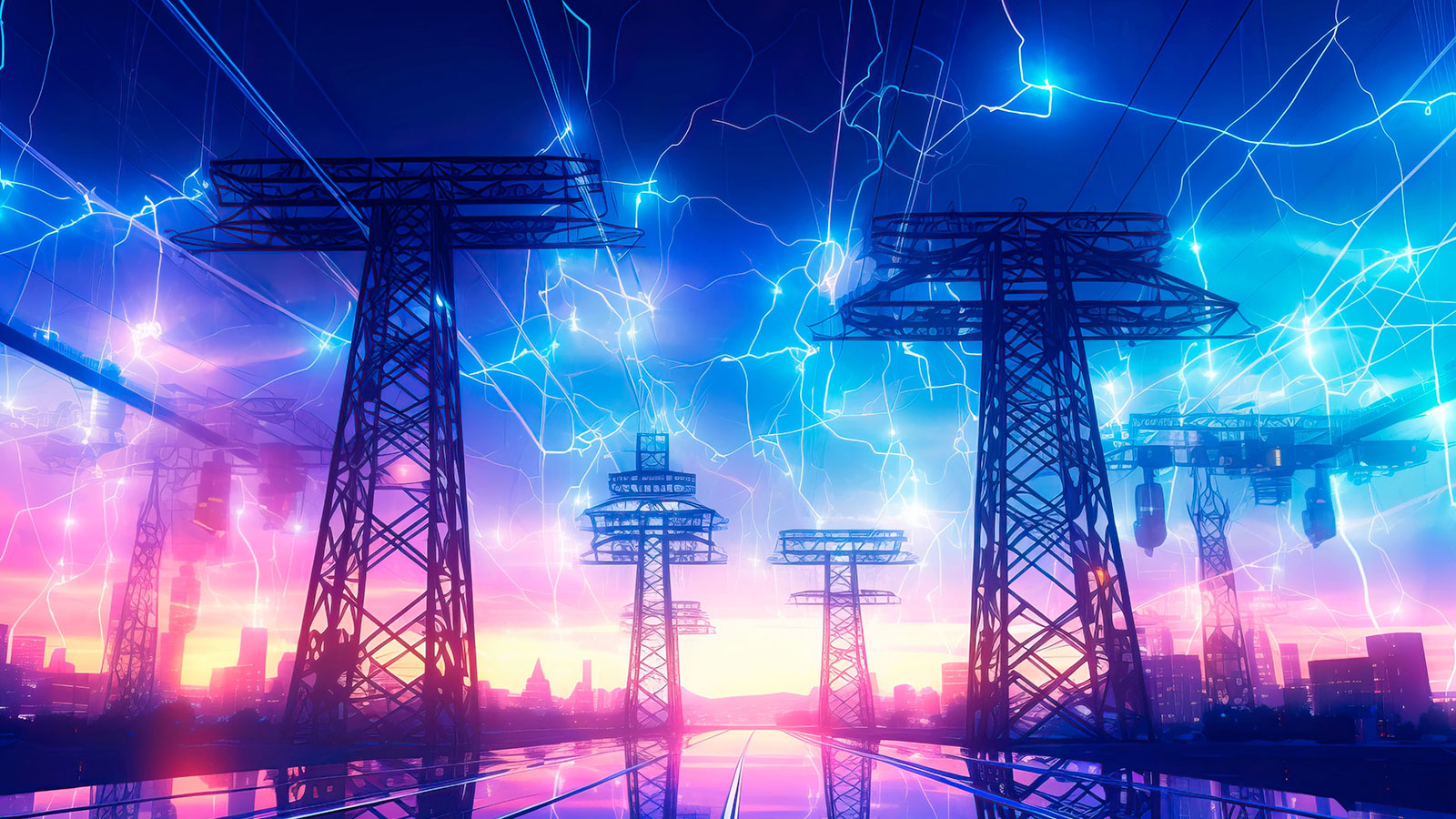To achieve a net zero future, the UK will need to make the grid connection process much smoother for clean energy projects, as explained by Estelle Limon, Policy Coordinator at Regen.
Transforming Great Britain’s electricity system to achieve net zero emissions means massive and accelerated deployment of new wind, solar, electricity storage, heat pumps, and electric vehicle chargers across the country. What each of these technologies share is the need to connect to the electricity network.
However, ask anyone in the clean power sector about the biggest issue they face right now and chances are they will cite challenges with connecting to the grid.
With the UK government setting its sights on 2035 as the date by which to have fully decarbonised the power system, key questions emerge around being able to connect new projects quickly enough and having enough capacity in the wires at the local level to cope with increased demand from electrification of heat and transport.
Concerns about network capacity have materialised over the past few years in that lengthy connection delays are now seriously clogging up the project pipeline. Astonishingly, almost all developers of new clean energy projects over 1 MW are being quoted a connection date 15 years into the future.
Speedy connections are key not only to enable new low carbon electricity generation and storage capacity to contribute to clean energy targets. They are also necessary to unlock a range of social and economic activities, from new housing developments, data centres, schools, hospitals and much more. The current gridlock in connections, therefore, poses a risk for both decarbonisation and economic goals.
The rules and codes that govern how the electricity network works are complex and detailed, but there are underlying systemic issues that mean network capacity and processes are failing to keep pace with a rapidly changing energy system.
In particular, the current reactive approach to upgrading the network to facilitate new sources of generation and demand means network capacity is not there when it is needed. Investment in network infrastructure is regulated by Ofgem through periodic budget allocations, but the level of investment allocated in the most recent period falls well short of what is needed for energy targets. It also fails to encourage network infrastructure to be built in anticipation of future need. Ramping up the level of investment and moving towards a more strategic, anticipatory approach will be crucial to ensure sufficient capacity is made available – and done so in a timely manner.
Part of the problem also relates to the volume of applications from new projects seeking to connect to the network and how this queue of projects is being managed. National Grid would historically receive 40-50 new applications to connect per year, but this has surged to around 400 as the system becomes more decentralised and many more projects seek to connect at the distribution level. The first-come, first-served basis by which these projects are allocated a position in the connection queue means projects further along in development get stuck behind projects that might be highly speculative, for example, they are yet to secure land rights. With the pipeline of prospective low carbon projects set only to increase, avoiding further gridlock means finding innovative ways to more effectively manage the queue and enable the shovel-ready projects to progress.
The good news is that there are several positive initiatives underway to get Great Britain’s electricity network infrastructure and processes net zero ready. The Electricity System Operator has launched a ‘GB Connections Reform’ which encompasses a range of actions to improve the connections process, such as freeing up space in the queue by allowing projects to exit at no cost or a reduced fee.
The transmission and distribution network companies have also stepped up to the challenge and are working hard to find tactical solutions to some of the key problems. In particular, some of the Distribution Network Operators (DNOs) are looking at how they can make much better use of electricity storage and flexibility to unblock capacity in constrained areas of the grid.
The question is whether these incremental industry steps are enough. Given the stakes and the scale of the challenge, attracting political attention to the issue could be the necessary catalyst for a faster and more joined-up approach.
Regen kickstarted this process by writing to the Energy Secretary calling for his personal leadership to address electricity network barriers. If everyone in the electricity sector followed suit in writing to their local MP to explain the impact of grid connection delays on delivering cheaper homegrown power – and investment and jobs in their constituency – that could help put this issue at the top of the new Department for Energy Security and Net Zero’s to-do list.
Without greater focus on ensuring new clean energy projects are able to connect to the network, the country’s energy and economic goals are in jeopardy. The importance of the challenge cannot be overstated.


